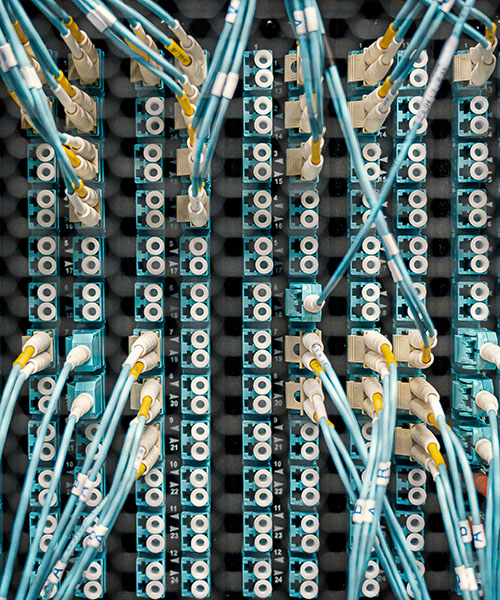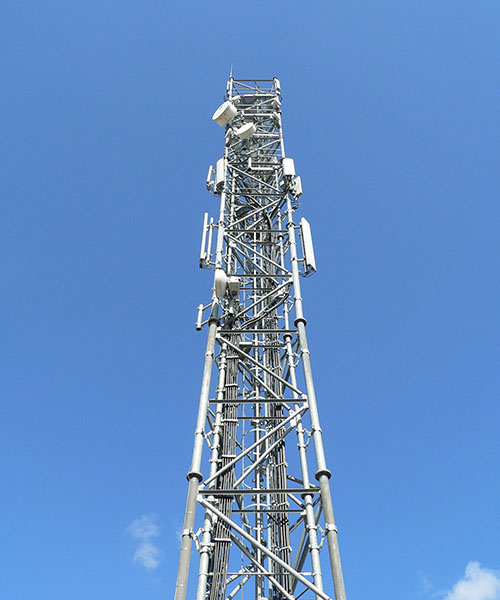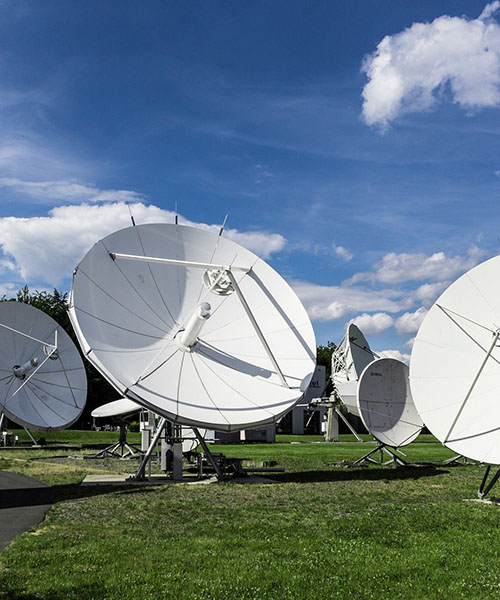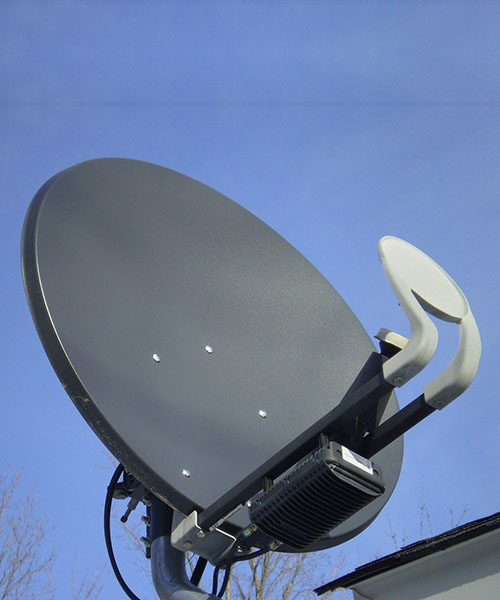Optical fibre systems will remain the backbone of high-density terrestrial communications networks, particularly in urban and suburban areas interlinks with a national internet exchange via coastal ‘landing points’ of international fibre cables.
Beyond these areas, the cost, technical and other difficulties rapidly increase with distance. Digging trenches for fibre is a capital-intensive operation. Laying fibre alongside other infrastructure, such as railways or power lines, leaves it exposed to damage risks. In either case, physical risks can come from natural causes, man-made accidental or deliberate damage, or even theft. Fibre is also slow to deploy, requiring the acquisition of land use rights and installation works along the route.



